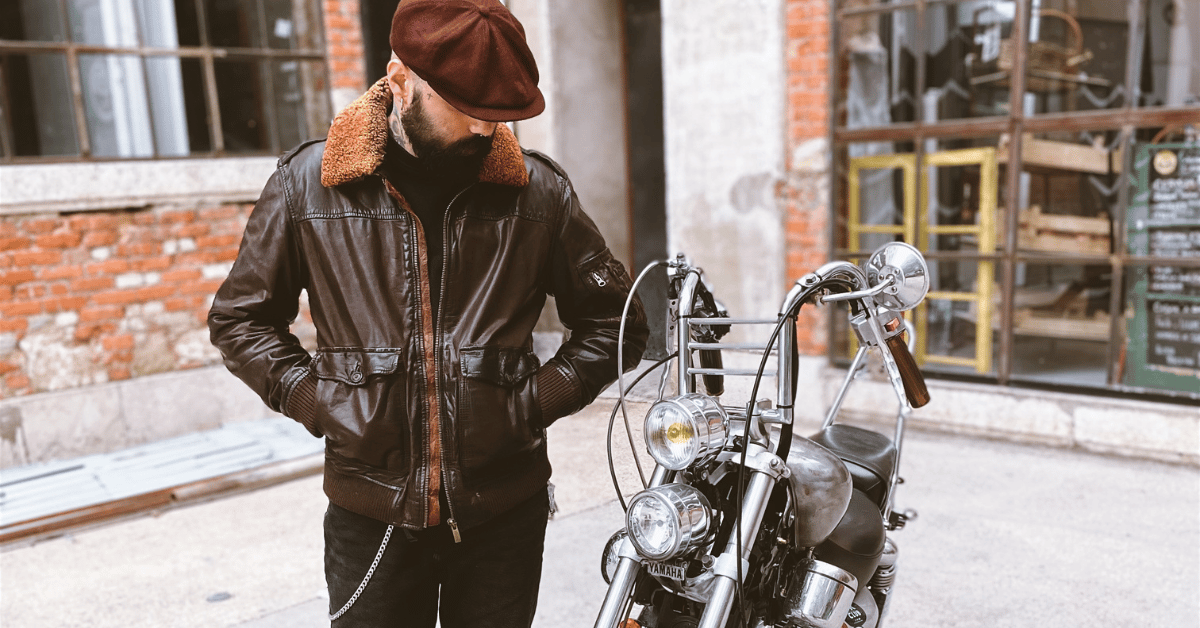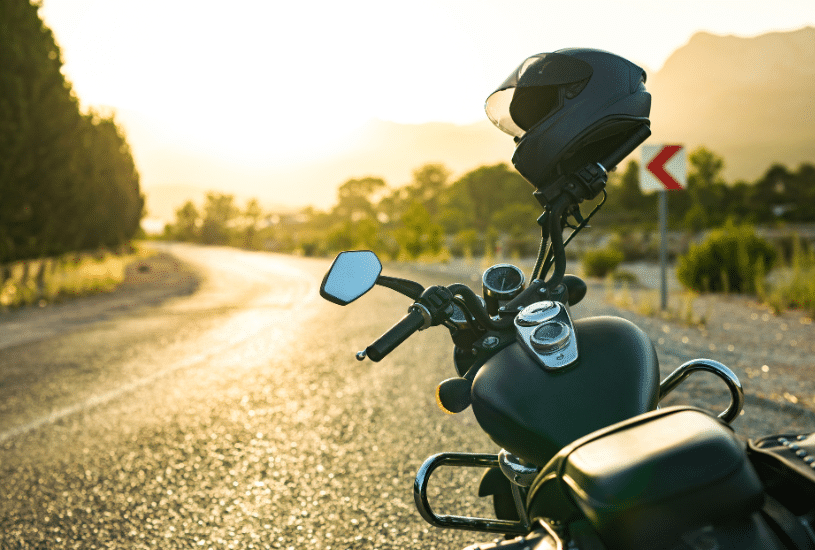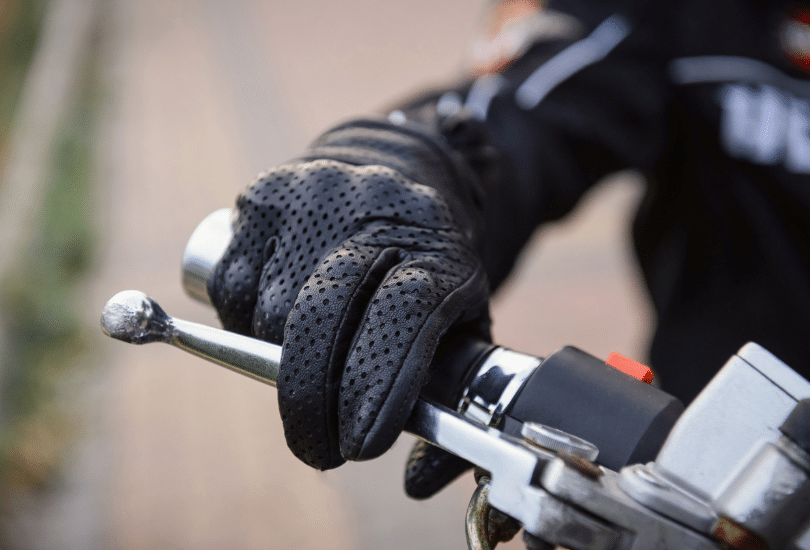
Virginia is home to some of the most breathtaking and exhilarating roads for motorcyclists, featuring curvy cliffside drives, expansive mountain views, and incredible fall foliage. Before planning your trip or purchasing your bike, ensure that you understand the Virginia motorcycle laws so you can drive safely.
At Law Tigers, a nationwide network of motorcycle attorneys, we want to help you enjoy your bike to the fullest. Continue reading to understand all the key aspects of Virginia motorcycle laws so you’ll know what to expect during your rides.
1. License and Registration Steps
You cannot drive a motorcycle without the proper licensing. Virginia requires that you receive an M2 (for two-wheel bikes), M3 (for three-wheelers), or an M (for any type) classification by passing a written knowledge test and a road or skills test. After completing the tests, you’ll have a one-year learner’s permit to practice your skills.
Before driving anywhere, you also must register your bike (unless you’re renting one). Registering a motorcycle is similar to any other vehicle, requiring the following standard paperwork:
- Registration card
- Title
- License plate
- Valid insurance
2. Required Safety Equipment
Virginia motorcycle laws require all riders to wear a helmet and protective eyewear. The helmet must meet certain qualifications to be street-legal. You can only use helmets that have approval from one of the following organizations:
- The Snell Memorial Foundation
- The American National Standards Institute
- The Department of Transportation
Your eyewear may be part of your helmet, or you may use a separate device. You may not need eye protection if your bike has an approved windshield.
3. Riding Laws
Motorcyclists must adhere to most traffic laws that apply to standard cars, though a few exceptions apply. Some of the most important riding laws in Virginia that you should understand as a rider include the following:
- Side-by-side riding allowance: Standard motor vehicles may not drive next to each other within one lane. However, because motorcycles are much smaller, Virginia permits side-by-side riding.
- Lane-splitting laws: Lane-splitting refers to driving between two lanes of traffic with motor vehicles occupying each lane. Virginia strictly prohibits lane-splitting due to its increased accident risk. We recommend avoiding lane-splitting, even in the legal states, as it could result in dangerous crashes.
- HOV allowance: All Virginia motorcyclists are allowed to use the HOV lanes. Virginia exempts motorcyclists from the standard HOV laws (requiring multiple passengers), so you can enjoy the improved traffic speeds even as a solo rider.
- Discrimination rules: Virginia prohibits all motorcycle-based road discrimination. As a licensed rider with a legally registered bike, you may enjoy all of the state’s roads.
4. Equipment Mandates
Virginia’s equipment laws help you ride safely. Your bike must have all of the following items, or you may receive a ticket:
- Headlights (visible from 200 feet)
- Rearview mirror
- Horn (excused under specific circumstances)
- Functioning exhaust system with a muffler
- Brake lights (visible from 500 feet)
- Safety glass or windscreen
- Properly secured license plate (not dangling)
If you want to carry two passengers on your bike, you also must meet a few more two-seater requirements.
Virginia requires all motor vehicles to pass an inspection upon registration each year. At this time, your mechanic can let you know if any of your bike’s parts don’t meet Virginia requirements. You must make any changes to pass the inspection and receive your registration to drive legally.
Leave the Legalities to Us
Virginia motorcycle laws can feel complex and overwhelming, especially in accident scenarios. If you got hurt in a Virginia motorcycle accident, call Law Tigers at +1 (888) 863-7216 to discuss your case for free with our experienced motorcycle attorneys.



